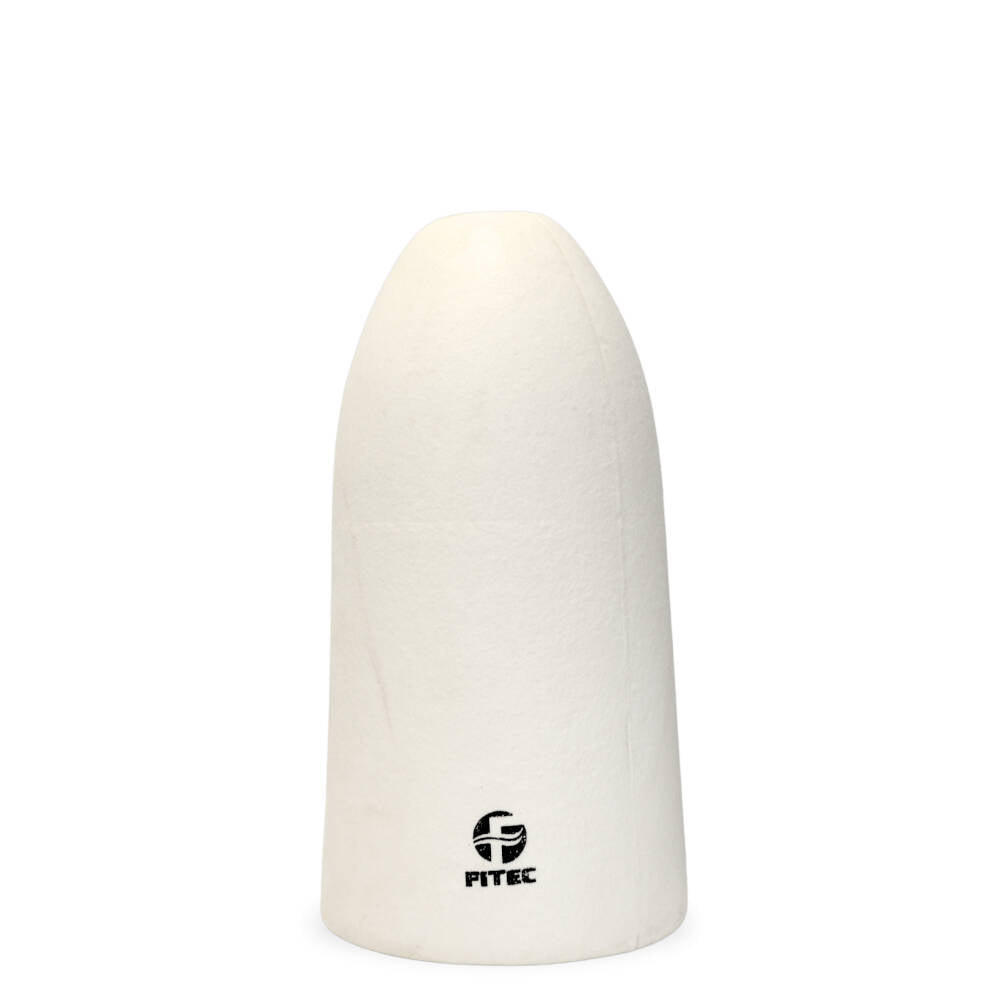johndiver999
Contributor
Are you listening? Are you really advising this guy to jump off a boat, scooter in a strong current (easily over 3 kts some days) for 30-50 minutes and then send a marker buoy up from some random location and simply hope and expect for the dive boat to have an idea where he is? This is very poor practice and is illegal in Florida.What are you trying to accomplish here? Not getting run over by a boat? That float is a boat attractant! Legal flag compliance is not possible. Shoot a bag at the end while listening carefully
The proper way to do it (in the local area) while scootering in strong currents, is to tow a float (NOT necessarily a dive flag) and have the boat follow the float. The boat displays the dive flag and theoretically stays close so that the diver is complying with the regulations of diving in proximity to a dive flag. So compliance IS possible and I've done it thousands of times. If you are diving with a competent boat captain, they will do everything they can to protect the float from idiot/inattentive boaters.
I've seen quite a few close calls and even one memorable fatality from a diver run over by a boat; so I have little patience for the advice you seem to be offering to somebody who is simply trying to figure this out.




